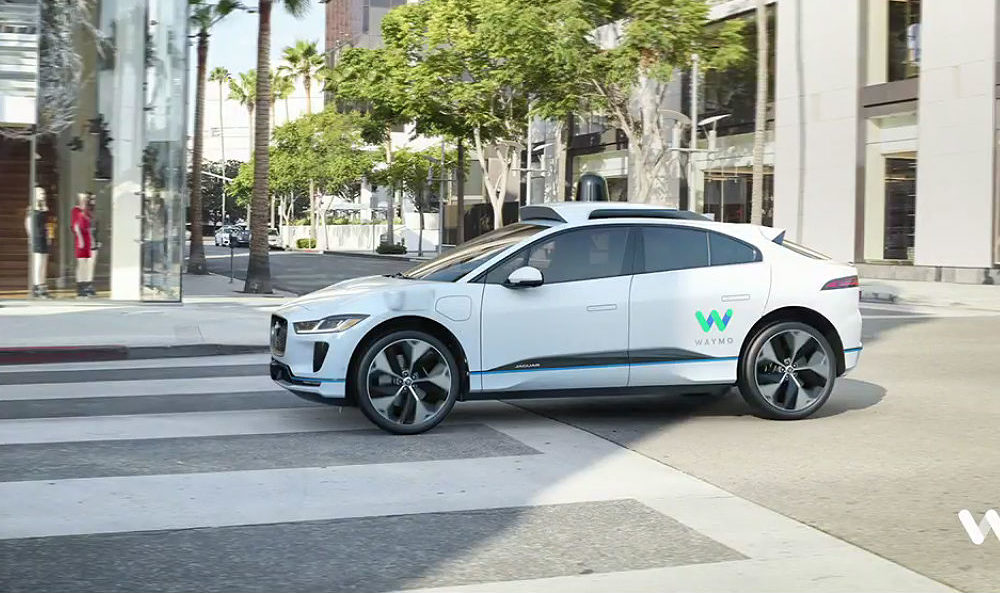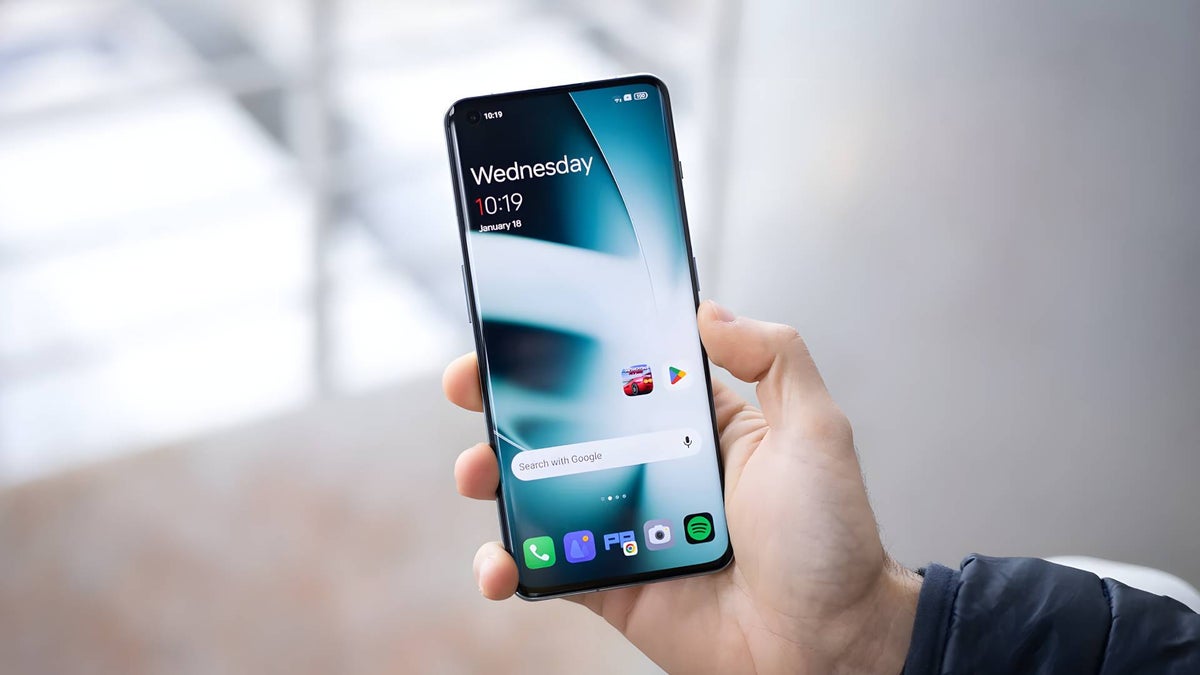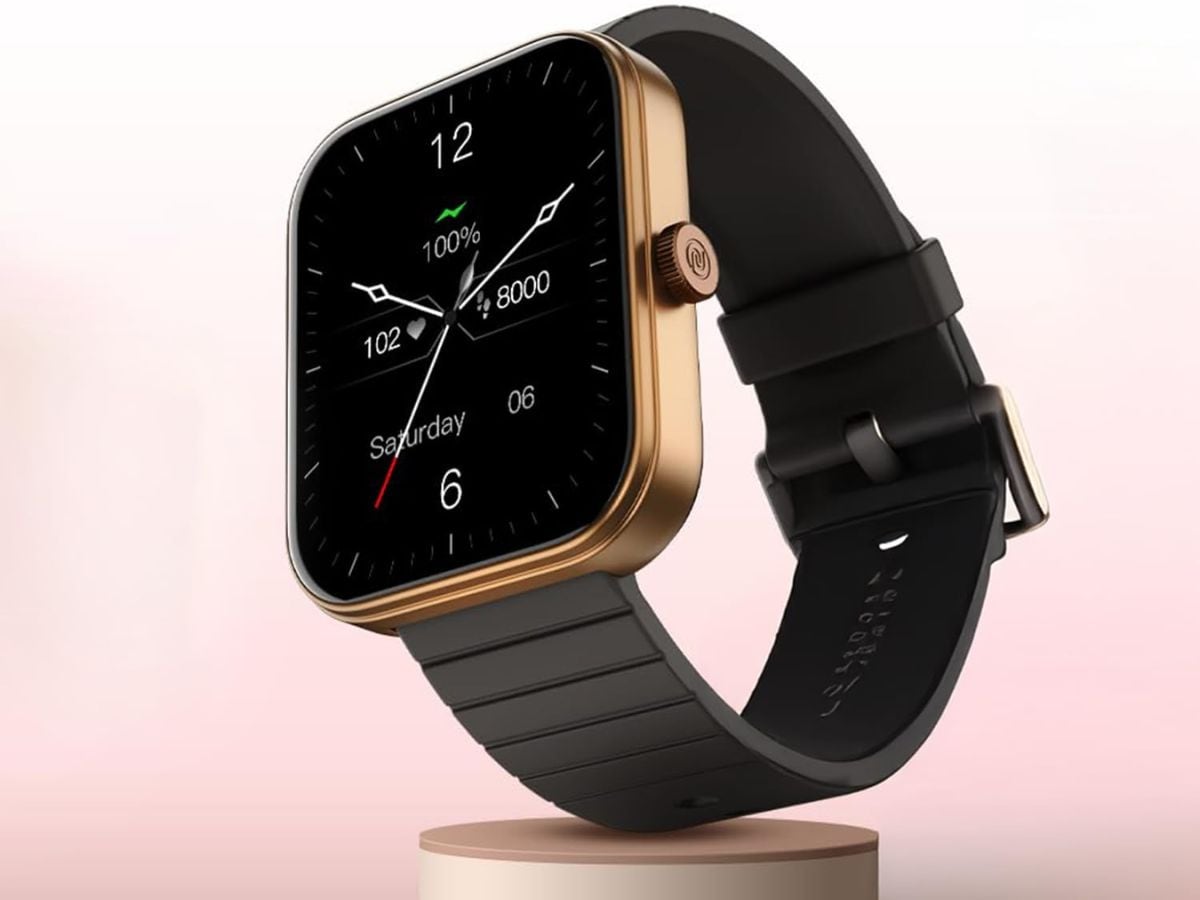“Here we are facing the elephants.” With that phrase, simple and somewhat clumsy, the history of YouTube started. It was April 24, 2005. Jawed Karim, one of his co -founders, uploaded a video of just 19 seconds in the San Diego Zoo. There were no tripods, no hand microphones, or an editing plan. Only one person pointing animals with long tubes, a fresh spring afternoon.
No one knew it then, but those 19 seconds would mark the beginning of a revolution.
They say that in January 2005, Chad Hurley and Steve Chen, two PayPal employees, were at a party. People took photos and recorded videos, but sharing those videos was an incompatible formats, formats and software. “We tried to simplify it as much as possible,” Cen recalled a year later in a television interview ..
With that frustration in mind, Hurley, Chen and Karim began to develop a place that allowed Upload videos and share them without headaches. The first prototype, inspired by a dating site called Hotornot, soon evolved towards something broader: a platform where anyone could show anything.
YouTube found a great ally in MySpace, the social network created by Tom Anderson: the young people filled their profiles with videos on the most popular platform of the moment. The great impulse would arrive in December 2005, when a Saturday Night Live sketch circulated like gunpowder and fired the YouTube traffic 83%. Suddenly, the video on the Internet was popular culture.
The viral explosion and the jump to Google
In October 2006, Google bought YouTube for 1,650 million dollars. Hurley and Chen became Millionaires overnightbut there were many challenges ahead: the platform had to dodge the demands for copyright, maintain community essence and turn attention into money.
YouTube was born as a spontaneity showcase. There were no filming sets or careful postproductions: only people recording in their rooms and many others uploading ads, video clips or television fragments. With the arrival of the Program Partner in 2007, the creators began to professionalize. Someone’s video in front of elephants gave way to an industry of Vlogs, Sketches, Tutorials and Gameplays, many of them already with television quality.

The main page of YouTube in January 2006
On Spanish -speaking YouTube, the first years were marked by creativity as free as disorderly. Rubius improvised ‘Epic Vlogs’, Fernanfloo overflowed a very particular humor, Auronplay launched videos recorded in his room talking about games, and Willyrex and Vegetta published their first games of ‘Call of Duty’ and ‘Uncharted’. The videos were homemade, the Artisanal miniatures And the goal was not to like algorithm, but to have fun. With the passage of time, the rules changed: that spontaneous spirit was left behind, buried by the professionalization and new dynamics of the platforms.
In 2012, Vine broke into six second clips. Although it closed in 2017 in the hands of the original Twitter, it sowed the seed of the brevity that Tiktok would finish germinating. YouTube, although he was born with the spontaneity of homemade videos, had to adapt: in 2021 he officially launched shorts.


The evolution of miniatures
But the line that separated what is YouTube from what television is blurring. Every day, in addition, more than one billion hours of content on smart televisions are seen. Neal Mohan, Executive Director of YouTube, did not hesitate to proclaim this year: “YouTube is the new television”.
And not only because we watch Youtube on TV. Also because traditional televisions are uploading their programs to YouTube. From Disney+, which has published the first episodes of ‘Andor’ on the platform, to chains that already bet fully for uploading their contents to YouTube.
Is YouTube the new television?
The evolution of YouTube has broken all imaginable barriers. Mrbeast, which accumulates more than 388 million subscribers, leads a generation of creators who no longer record home videos: they produce blockbusters with film budgets. Beside him, the Sidemen, Mark Rober or Doue Perfect show how far the professionalization of the platform has come. In the Hispanic world, many of the youtubers mentioned above are still present. And we in WorldOfSoftware have been working on our YouTube channel for some time, carrying our essence also the audiovisual format.
Although traditional television continues to exist, access to content is no longer exclusive. Simply open YouTube to see live newssporting events, entertainment programs or debates in real time, from any device and without fixed schedules. The main streaming platforms have also embraced this transformation: services such as Netflix or Max, for example, already include live broadcasts, sports competitions and news channels. Streaming, which was born as an alternative to linear television, begins to resemble more than it seemed to the traditional offer.
On YouTube, the amount of ads has increased remarkably in recent years, and some users have detected increasingly frequent and extensive advertising pauses. Max, on the other hand, has recovered usual cable television dynamics: content packages, programmed broadcasts and quality limitations according to the hired plan. The initial promise of absolute freedom is blurred among more classic market strategies.
The amount of ads on YouTube has increased remarkably in recent years.
To celebrate its first two decades, YouTube has deployed figures that reflect to what extent it has become a colossal platform. Every day more than 20 million videos are uploaded; More than 100 million comments are published; And users click on more than 3.5 billion “Like” daily.
More than 300 video clips have exceeded 1,000 million views, a club that does not stop growing. According to the similar data, YouTube is the second most visited website in the world, only behind Google, with more than 20 minutes on average per visit and more than 13 pages seen in each session. Two decades after that first video in front of the elephants, YouTube not only stands up: it dominates a good part of the global traffic on the Internet.

Twenty years have passed since that first video in front of the elephants. YouTube, today part of the Google ecosystem, is still standing, stronger than ever; But in the world of technology nothing is eternal. Microsoft has celebrated its 50 years of history, but other giants like Nokia or Blackberry grew, shone and ended up falling. Will we see YouTube within two other decades? Or will we consume content of forms that we do not even imagine? For now, YouTube is still part of our lives. And we, from yours.
Images | YouTube | Screen capture | WorldOfSoftware with Photoshop
In WorldOfSoftware | Modern algorithms decide for us to see. YouTube is the last redoubt where the algorithm does not choose for you












